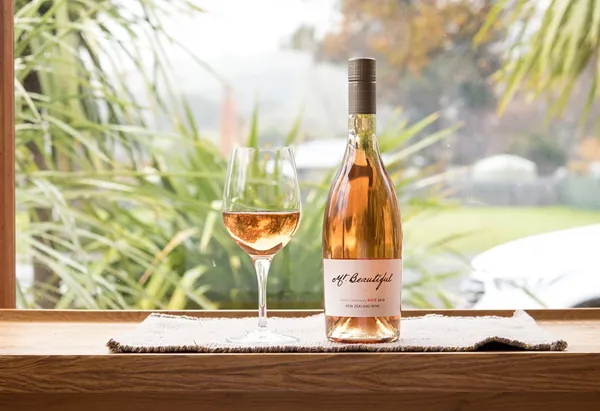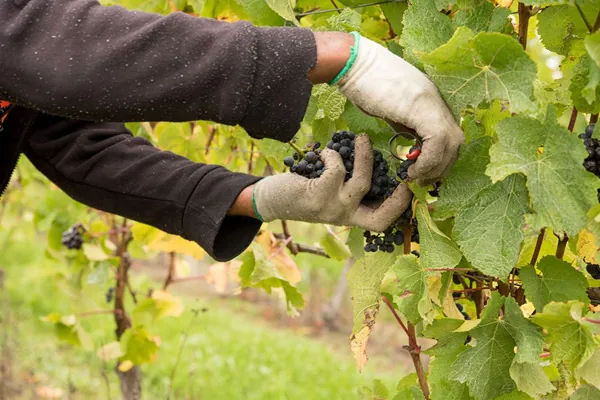Mt. Beautiful
Mt. Beautiful Rosé 2023
- Mt. Beautiful Chardonnay 2020
- Mt. Beautiful Chardonnay 2019
- Mt. Beautiful Pinot Noir 2020
- Mt. Beautiful Pinot Noir 2019
- Mt. Beautiful Riesling 2019
- Mt. Beautiful Riesling 2018
- Mt. Beautiful Rosé 2024
- Mt. Beautiful Sauvignon Blanc Black Label 2023
- Mt. Beautiful Sauvignon Blanc Black Label 2022
- Mt. Beautiful Sauvignon Blanc Black Label 2023
- Mt. Beautiful Sauvignon Blanc Black Label 2022



About
Both the Pinot Noir and Pinot Gris are planted on the Southern section of the
vineyard. This has the highest elevation and produces extra heat accumulation and less frost risk. The Pinot Noir is closely planted to reduce vigour and enable lower per vine yields enabling the fruit to achieve the physiological ripeness we were looking for in our Rosé. The Pinot Noir blocks were chosen based on three of Mt Beautiful’s oldest (Block M, N and X) that are planted with a mixture of clones (115, 5, 6, Mariafeld, Abel) and combined with one of our young vine blocks planted with 115, 667, 5, Abel, 10/5, 777, 943. What this offers in the Rosé is a wonderful medley of clones and a true vineyard blend. Each clone offers something different – fruit flavour, spiciness, savoury notes and acidity.
The Pinot Gris planted on a North facing slope consists of the Berrysmith, Orvaille and GN 2-21 clones giving slight differences in their flavour profiles and were harvested at the same time as the Pinot Noir as the key to this blend is the co-fermentation of both varieties providing complementary roles of aromatics and phenolic mouthfeel to the wine.

Terroir
Sourced entirely from North Canterbury in the South Island of New Zealand. The plantings are divided into 23 separate blocks, highlighting clonal selection, sun exposure, land aspect and soil composites. Surrounding the vineyard is our working sheep and beef farm covering 500 hectares.The two main hill slopes are dissected by a lake which divides the vineyard into North and South blocks. The Northern blocks are lower and cooler and more suited to our Sauvignon Blanc. The Southern blocks are higher and warmer, and suited to our Pinot Noir and Riesling varieties.
Vinification
Produced from Pinot Noir (95%) and Pinot Gris (5%) the juice was drained immediately on arrival at the winery. Half of the juice was lightly pressed with the balance
being free run juice only. Inoculated with an aromatic yeast and fermented at a steady 120C, the Rosé was fermented to dryness then aged on its lees for a further 4 weeks to build texture and mouthfeel. The Rosé was bottled in September 2023 to retain maximum freshness and vibrancy.